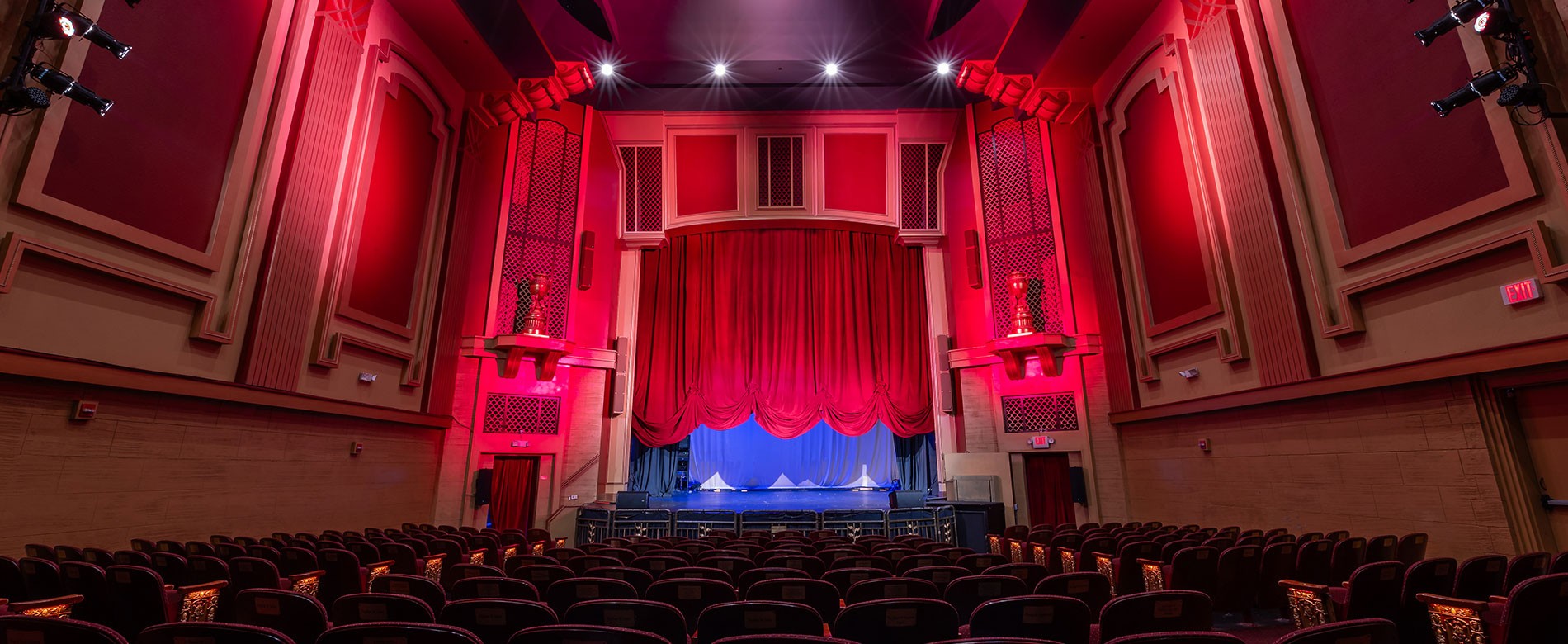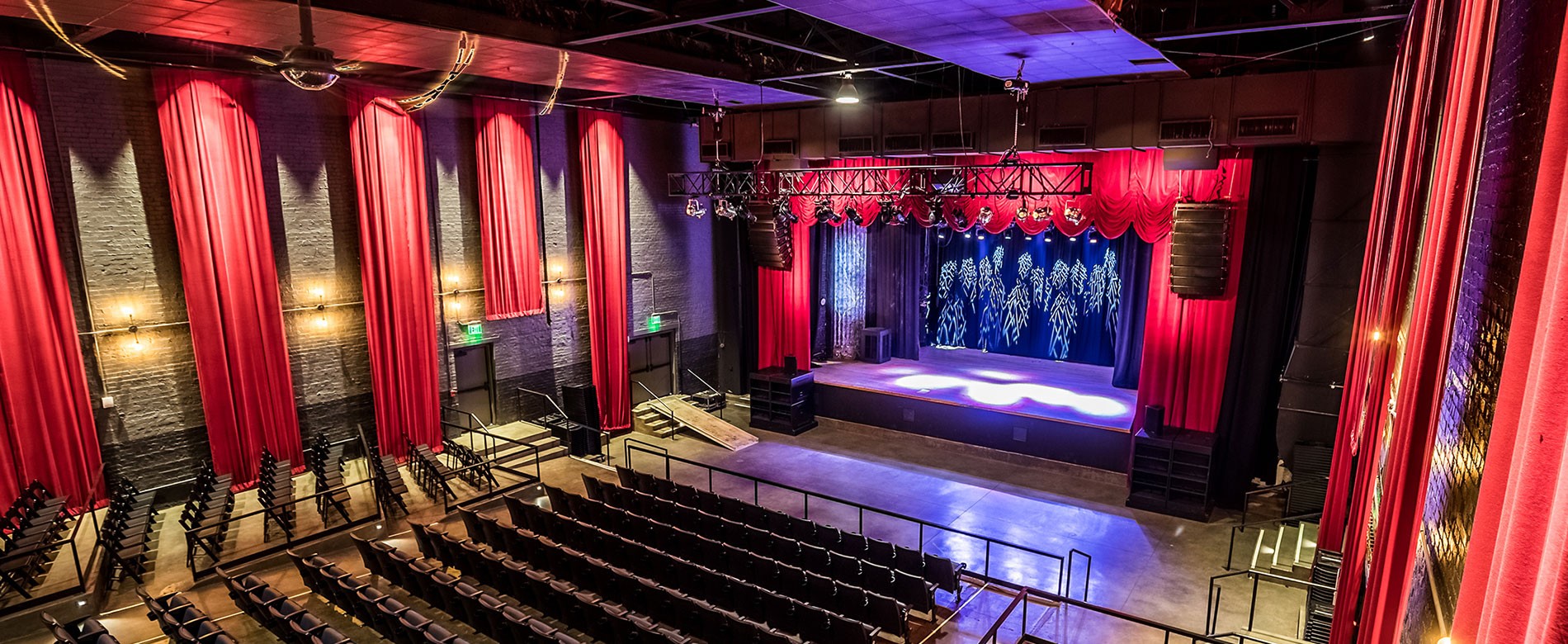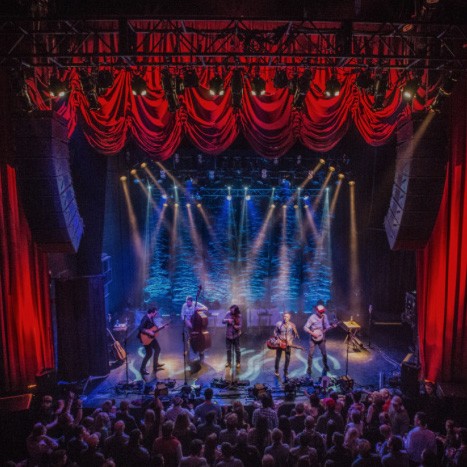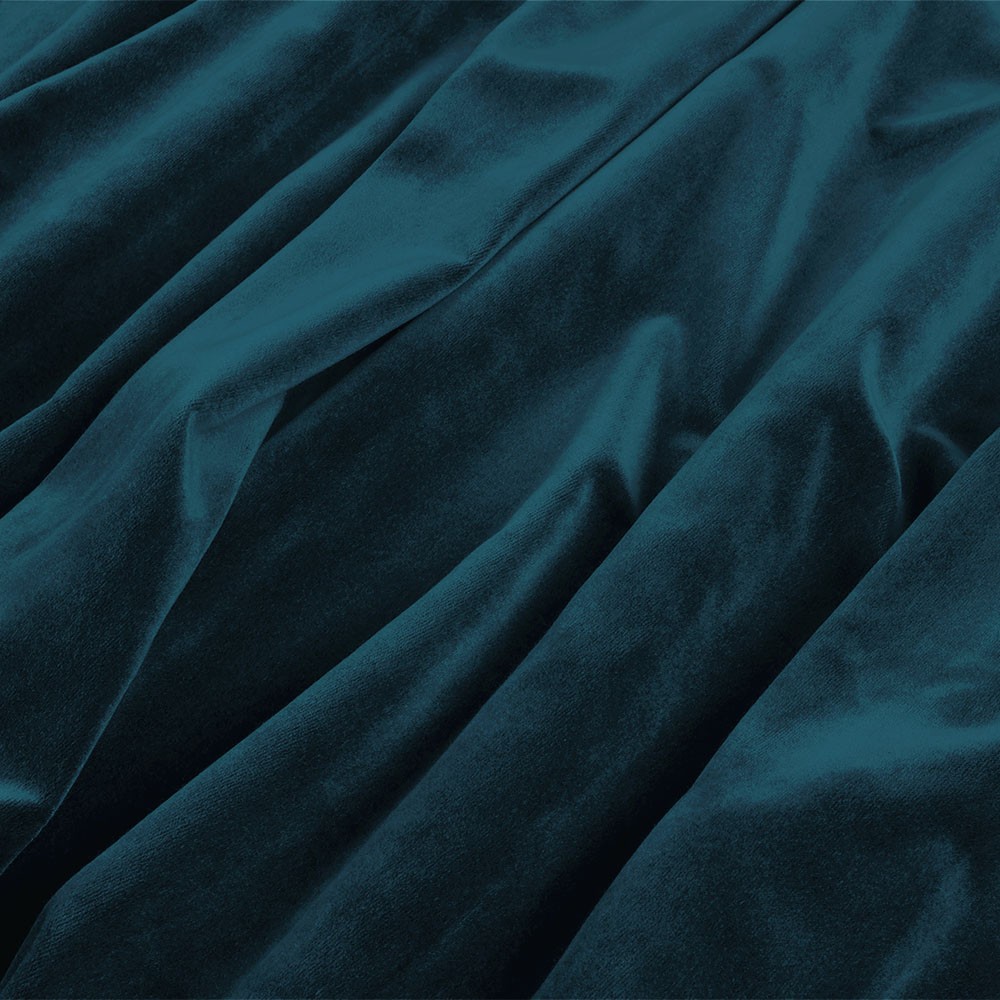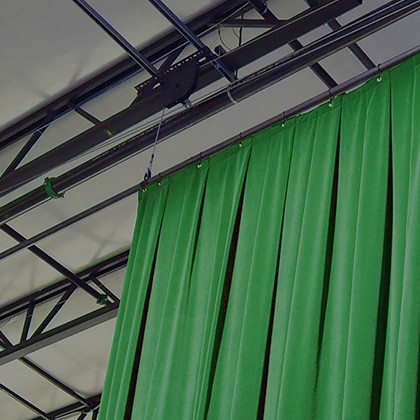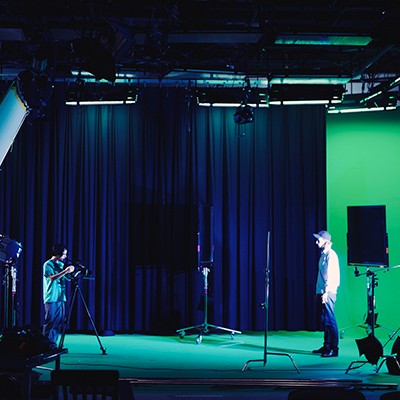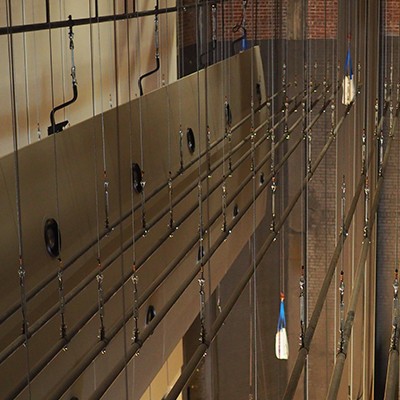Every great show starts with a curtain.
To us, a stage curtain is everything. A stage curtain can make a Broadway show more intriguing, a church more glorious, an event more gala, or an elementary school holiday program more adorable. Theatrical drapery plays an important role in your production, however big or small. That’s why you choose us – every time. We hit all the marks when it comes to providing high-quality stage curtains and event drapery on-time and with the most stage-worthy customer service in the industry.
Explore curtains by project type
Stage Curtains and Backdrops
Stage curtains, backdrops, studio curtains, and more. Whatever the need and whatever the space, we've got you covered.
Theatrical Fabrics
Shop velour, commando, duvetyne, muslin, scrim, keying fabrics, and more. So much theatrical fabric, so little time.
Hardware
Shop our selection of curtain track, parts, scenery hardware, rigging hardware and more.
Pipe and Drape
Manufactured and sewn in-house, our pipe and drape dresses special events for success.

